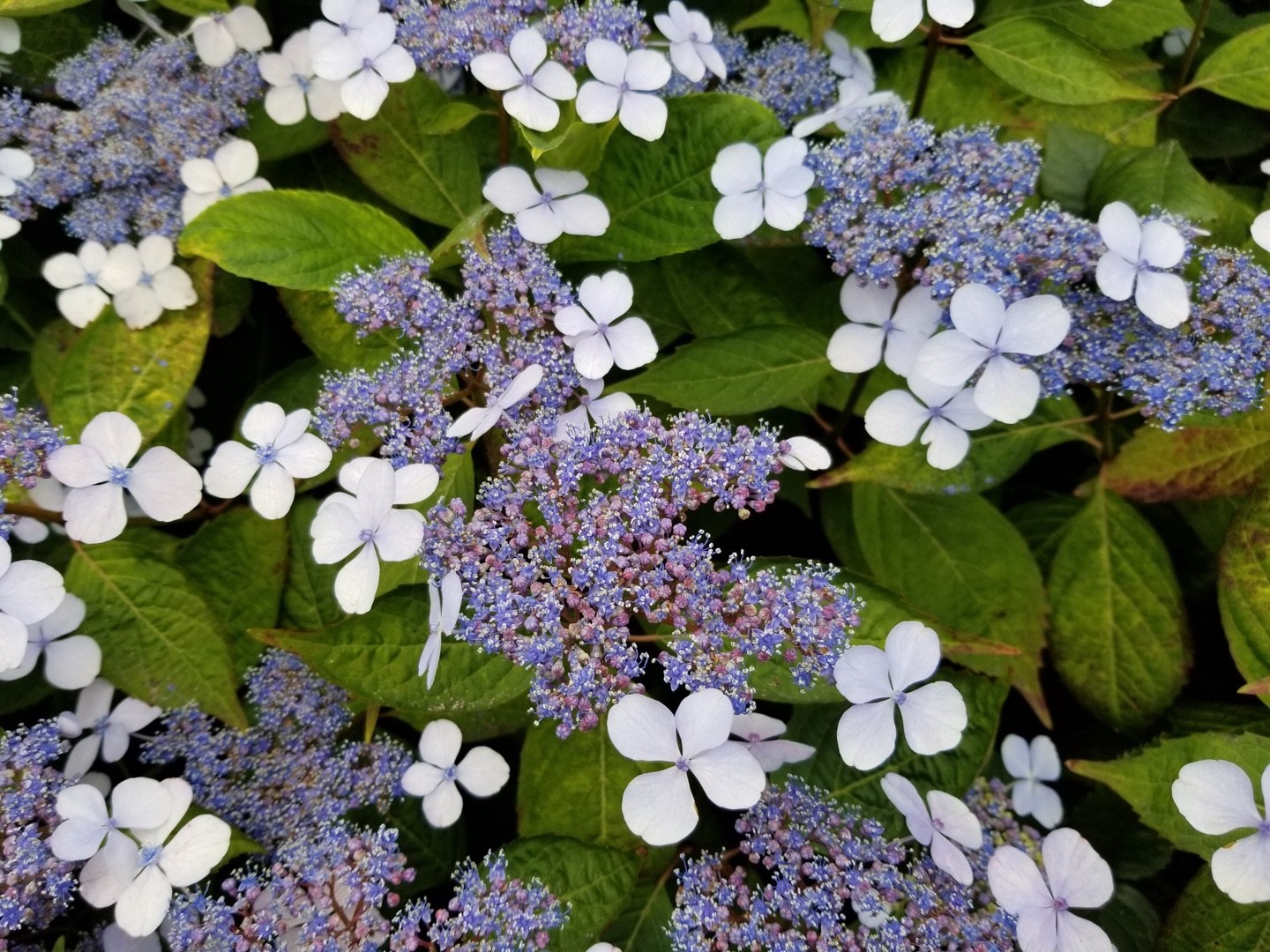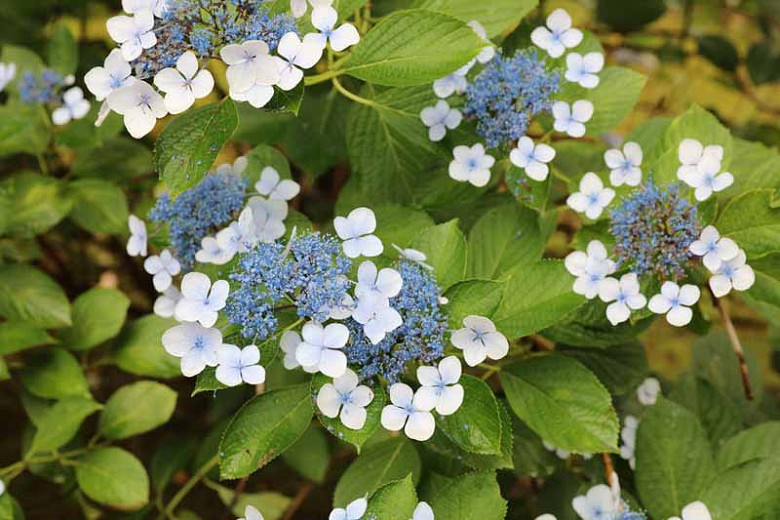Hydrangea Bluebird: The Ultimate Guide To Growing These Stunning Flowers
Hydrangea Bluebird: The Ultimate Guide to Growing These Stunning Flowers
Hydrangea Bluebird is a beautiful and versatile shrub that is perfect for adding color and interest to any garden. It is known for its large, showy flowers that can be blue, pink, or white, depending on the soil pH. Hydrangea Bluebird is relatively easy to care for, and it can be grown in a variety of climates.
In this blog post, we will discuss everything you need to know about growing Hydrangea Bluebird. We will cover topics such as:
- Planting and care: How to plant Hydrangea Bluebird, how to care for it, and how to prevent pests and diseases.
- Soil pH: How to adjust the soil pH to get the desired flower color.
- Pruning: How to prune Hydrangea Bluebird to encourage blooms and maintain its shape.
- Winter care: How to protect Hydrangea Bluebird from winter damage.
We will also provide some tips for selecting the right Hydrangea Bluebird for your garden and for troubleshooting common problems.
So whether you are a beginner gardener or a seasoned pro, this blog post has everything you need to know to grow beautiful Hydrangea Bluebirds in your own garden.
[MAIN CONTENT]
Planting and Care
Hydrangea Bluebird is best planted in the spring or fall. Choose a location that gets full sun or partial shade. The soil should be well-drained and rich in organic matter. Amend the soil with compost or manure before planting.
Space Hydrangea Bluebirds 3-4 feet apart. Dig a hole that is twice as wide and deep as the root ball. Place the plant in the hole and backfill with soil, tamping down gently. Water well.
Hydrangea Bluebirds need regular watering, especially during the first year after planting. Water deeply once a week, or more often if the weather is hot and dry. Mulch around the plants to help retain moisture.
Fertilize Hydrangea Bluebirds in the spring with a balanced fertilizer. You can also fertilize them with an acidifying fertilizer if you want to encourage blue flowers.
Soil pH
The color of Hydrangea Bluebird flowers is affected by the soil pH. In alkaline soils, the flowers will be pink. In acidic soils, the flowers will be blue. If you want to change the color of your Hydrangea Bluebird flowers, you can adjust the soil pH.
To make the soil more acidic, add sulfur or aluminum sulfate to the soil. To make the soil more alkaline, add lime.
Pruning
Hydrangea Bluebirds do not need to be pruned heavily. However, you should prune them in the spring to remove any dead or damaged branches. You can also prune them to shape the plant.
Winter Care
In cold climates, Hydrangea Bluebirds may need to be protected from winter damage. Mulch around the plants with a thick layer of leaves or straw. You can also wrap the plants with burlap or plastic.
Selecting the Right Hydrangea Bluebird
There are many different varieties of Hydrangea Bluebird available. When selecting a variety, consider the following factors:
- Size: Hydrangea Bluebirds can range in size from 3 feet to 6 feet tall. Choose a variety that is the right size for your garden.
- Color: Hydrangea Bluebird flowers can be blue, pink, or white. Choose a variety with the color flowers that you prefer.
- Hardiness: Hydrangea Bluebirds are hardy in zones 4-8. Choose a variety that is hardy in your climate zone.
Troubleshooting
If your Hydrangea Bluebird is not blooming, there are a few things that you can check:
- Soil pH: Make sure that the soil pH is correct for the type of flowers that you want.
- Watering: Make sure that the plants are getting enough water.
- Fertilization: Fertilize the plants in the spring.
- Pests and diseases: Check for pests and diseases.
Hydrangea bluebird is a beautiful flowering shrub that is native to North America. It is known for its large, blue flowers that bloom in the summer. Hydrangea bluebird is a relatively easy plant to care for, and it is a popular choice for gardens in both sunny and shady locations.
If you are interested in learning more about hydrangea bluebird, I recommend visiting . This website has a wealth of information about the plant, including its history, care requirements, and pest and disease resistance. You can also find photos and videos of hydrangea bluebird, as well as tips on how to plant and care for it in your own garden.
FAQ of hydrangea bluebird
Q: What is hydrangea bluebird?
A: Hydrangea bluebird is a type of lacecap hydrangea, which means that its flowers are arranged in flat, circular clusters. It is a smaller variety of hydrangea, typically growing to be 3-4 feet tall. The flowers are a light blue color, and they bloom in late spring to early summer.
Q: How do I care for hydrangea bluebird?
A: Hydrangea bluebird is a relatively easy plant to care for. It prefers full sun to partial shade, and it needs moist, well-drained soil. It is important to water hydrangea bluebird regularly, especially during the hot summer months. You should also fertilize it once a month during the growing season.
Q: How do I get my hydrangea bluebird to bloom blue?
A: The color of hydrangea flowers is determined by the pH of the soil. If you want your hydrangea bluebird to bloom blue, you need to keep the soil pH between 5.5 and 6.0. You can do this by adding sulfur to the soil.
Q: What are some pests and diseases that can affect hydrangea bluebird?
A: Hydrangea bluebird is susceptible to a few pests and diseases, including aphids, scale, and powdery mildew. If you notice any of these problems, you can treat them with insecticidal soap or fungicide.
Q: How long does hydrangea bluebird live?
A: Hydrangea bluebird is a long-lived shrub, and it can live for up to 50 years if properly cared for.
Image of hydrangea bluebird
5 different images of "hydrangea bluebird" from Pinterest:
Image 1: A hydrangea bush with blue flowers and a bluebird sitting on one of the blooms.

Image 2: A close-up of a hydrangea flower with blue petals and a bluebird perched on the stem.

Image 3: A field of hydrangea flowers in shades of blue, with a bluebird flying overhead.

Image 4: A painting of a hydrangea bush with blue flowers and a bluebird sitting on one of the blooms.

Image 5: A photo of a hydrangea wreath with blue flowers and a bluebird sitting in the center.

Post a Comment for "Hydrangea Bluebird: The Ultimate Guide To Growing These Stunning Flowers"